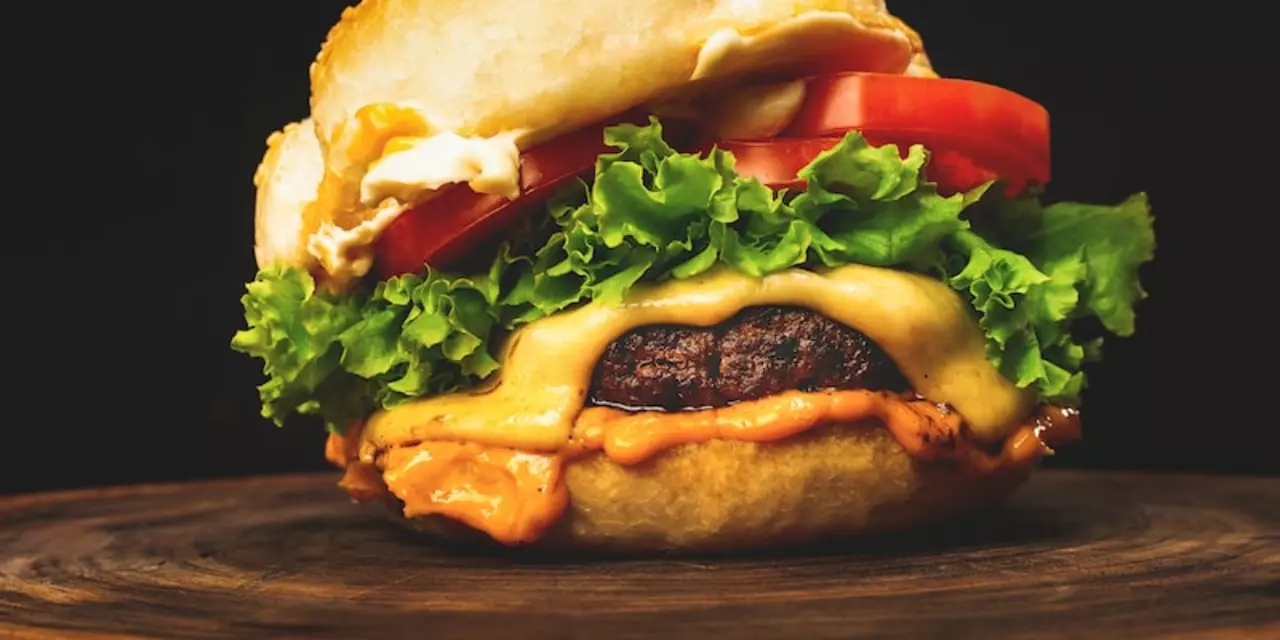Fast Food History: Where Did This Quick Craze Start?
Ever wondered why fast food is called fast food? It isn’t just about grabbing a burger and fries on your lunch break. The story runs much deeper, kicking off in the United States back in the 1950s. That time was all about speed, convenience, and getting folks fed without the long wait. Life was picking up speed, and people wanted to eat quickly so they could get on with everything else.
The phrase “fast food” came from the very thing driving these new restaurants: fast service. Think of drive-thrus popping up, neon signs glowing over highways, and families rolling up for a quick meal. No drawn-out dinners—just burgers, fries, soda, and the freedom to keep moving. That need for “now” helped giants like McDonald’s take off. Their kitchens designed everything around getting food out as fast as possible. Timesaving was the name of the game, and the world noticed.
Your go-to burger spot today got its vibe from those early days. But even before the golden arches, places selling food quickly had always existed—think of street food stands and diners. The difference? Mid-century America turned it into a business model, making “fast” a selling point. With it came new technology, like assembly-line kitchens and super-efficient fryers, to serve crowds almost immediately.
But what’s really wild is how this fast way of eating changed how people in America—and later all over the world—thought about mealtime. Everyday folks suddenly had choices beyond what was cooked at home. In no time, the classic sit-down dinner had competition from takeout and drive-ins. It wasn’t just about hunger; it was about squeezing more into the day, whether you were commuting, working, or just in a hurry.
The name stuck because it’s so clear. Fast food means just that—food you can grab and eat right away, no fuss. Of course, the tradeoff often involves more calories, added sugar, and less nutrition. But for some, the appeal of a quick fix is hard to ignore. There’s a reason over 175 billion servings get eaten every year in the US alone.
Every wrapper, every logo, every late-night run—there’s a whole history behind it. Fast food is about much more than just filling up fast; it’s tied to culture shifts, modern life, and how we all eat on the go. Next time you swing by your favorite spot, remember: you’re biting into a piece of history that changed how we eat everywhere.
Why is fast food called 'fast food'?
Posted by Kayla Susana on Feb, 13 2023

Fast food is a type of food that is prepared and served quickly. The term was coined in the 1950s in the United States, when fast food restaurants started to emerge. Fast food is typically high in fat, sugar, and calories, and low in vitamins and minerals. The term "fast food" refers to the ease and convenience of obtaining food that can be consumed quickly. Fast food has become popular worldwide, with more than 175 billion servings consumed annually in the United States alone.
